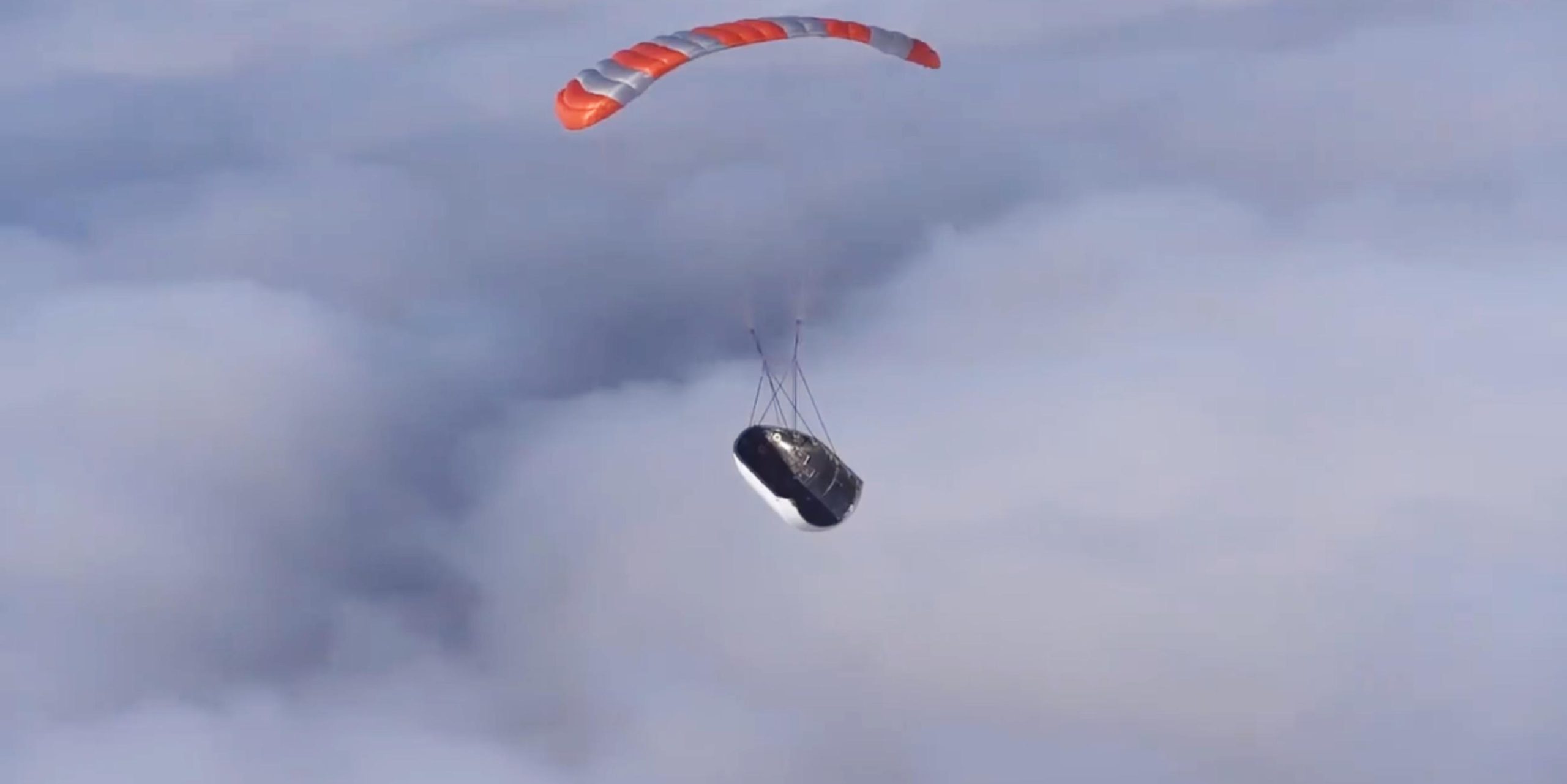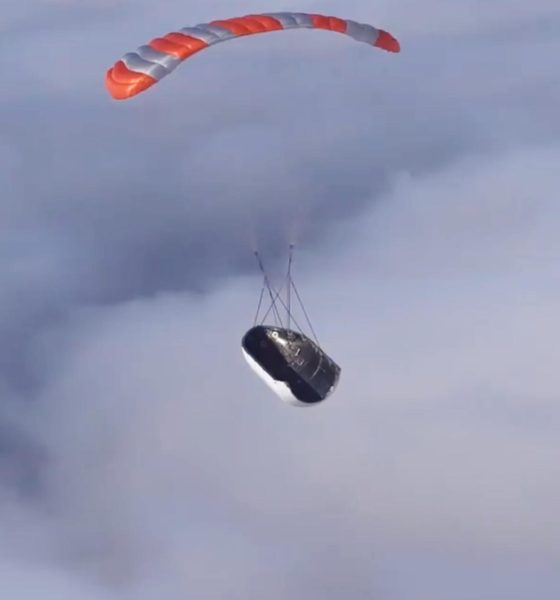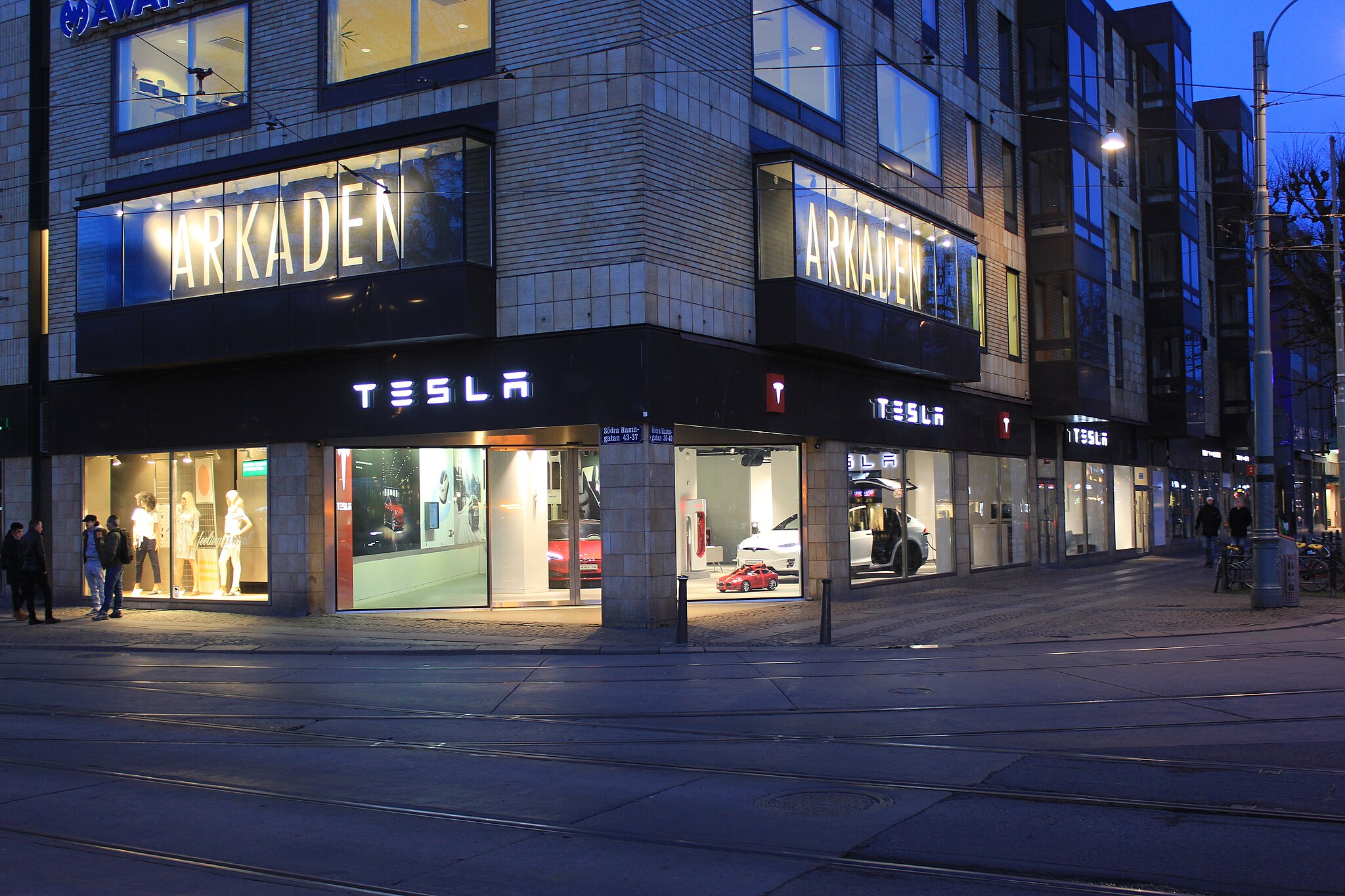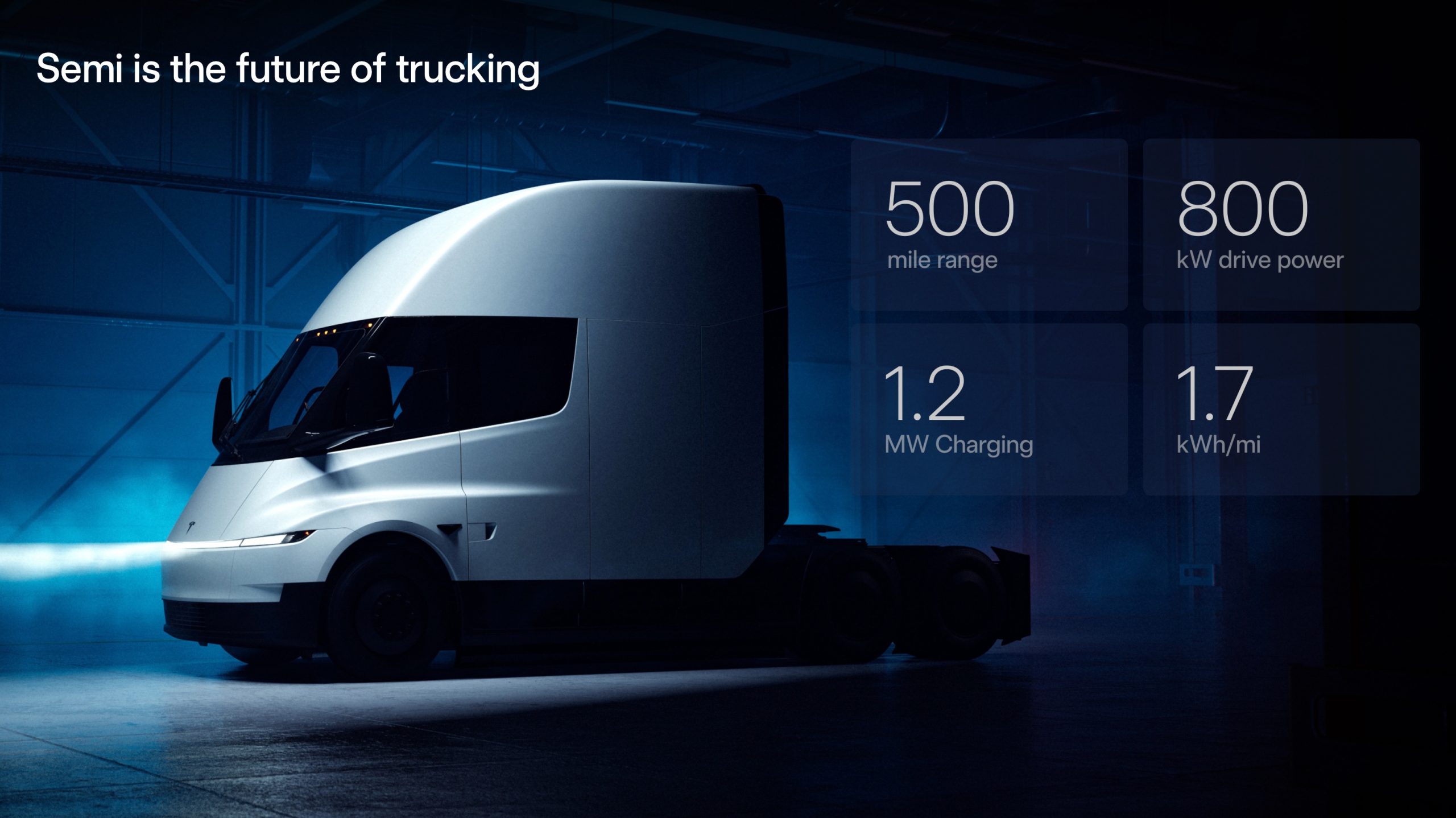

News
SpaceX ship Mr. Steven renamed ahead of Falcon Heavy fairing catch attempt
In a pleasant, last-minute surprise, SpaceX fairing recovery vessel Mr. Steven has departed Port Canaveral for its first Falcon fairing catch attempt in more than half a year. The speedy ship has already traveled more than 1250 km (800 mi) in ~48 hours and should soon be in position to attempt recovery of Falcon Heavy Flight 3’s payload fairing halves.
In another surprise, Mr. Steven has been renamed to GO Ms. Tree, a strong indicator that Guice Offshore (GO) – a company SpaceX is heavily involved with – has acquired the vessel from financially troubled owner/operator Sea-Tran Marine. With this likely acquisition, nearly all of SpaceX’s non-drone ship vessels are now leased from – and partially operated by – GO. The name change is undeniably bittersweet for those that have been following Mr. Steven’s fairing recovery journey from the beginning. However, it’s also more than a little fitting given that the vessel switched coasts and suffered an accident that forced SpaceX to replace the entirety of its arm-boom-net assembly. Much of Mr. Steven – now GO Ms. Tree – has been replaced in the last few months and with any luck, the vessel is better equipped than ever before to snag its first Falcon fairing(s) out of the air. Falcon Heavy is scheduled to lift off no earlier than (NET) 11:30 pm ET (03:30 UTC), June 24th.
♫ [Mr. Steven] would [sail nine] hundred miles ♫
Not one to dip his/her toes in first, Mr. Steven/GO Ms. Tree’s first fairing recovery attempt since crossing the Panama Canal will be a record-breaker. In yet another last-second surprise, Falcon Heavy Flight 3 – assigned to the US Air Force’s Space Test Program 2 (STP-2) mission – had its center core recovery profile radically modified just days ago, moving the booster’s drone ship landing from ~40 km offshore to more than 1240 km (770 mi) off the coast of Florida.
Given that the upper stage and its fairing-shrouded payload inherently separate after the center stage, after which the two fairing halves are ejected, those fairings will end up even further downrange than the center stage. In the case of Falcon Heavy’s STP-2 mission, the fairing halves could end up splashing down (or, hopefully, landing in a net) anywhere from 1400-1600 km (870-1000 mi) downrange from SpaceX’s Pad 39A Cape Canaveral launch facilities.

Records on records
With a fairing recovery attempt more than ~1400 km downrange and an attempted Falcon Heavy center core landing nearly 1250 km off the Florida coast, Falcon Heavy’s STP-2 mission is chock-full of records. As discussed previously on Teslarati, aside from the surprise recovery records-to-be, STP-2 will be a milestone launch attempt for several additional reasons.
“To successfully complete STP-2, the upper stage will be subjected to ‘four separate upper-stage engine burns, three separate deployment orbits, a final propulsive passivation maneuver, and a total mission duration of over six hours.‘ It will likely be SpaceX’s most technically-challenging launch ever.”
— Teslarati.com, 06/19/2019
“The US Air Force has decided that STP-2 presents an excellent opportunity to begin the process of certifying flight-proven SpaceX rockets for military launches. The STP-2-related work is more of a preliminary effort for the USAF to actually figure out how to certify flight-proven commercial rockets, but it will still be the first time a dedicated US military mission has flown on a flight-proven launch vehicle. Down the road, the processes set in place thanks – in part – to STP-2 and Falcon Heavy may also apply to aspirational rockets like Blue Origin’s New Glenn and ULA’s “SMART” proposal for Vulcan reuse.”
— Teslarati.com, 06/16/2019
In almost every conceivable way, STP-2 will absolutely be the most challenging launch SpaceX has ever attempted. Success would effectively confirm beyond any reasonable doubt that SpaceX is just as capable as – if not more capable than – its sole US competitor, Lockheed Martin and Boeing’s United Launch Alliance (ULA). On top of being able to compete for and perform all mission profiles required by the US military and NASA, SpaceX will also remain the only entity (private or public) in the world that is actively launching, landing, and refusing orbital-class rocket hardware.
Tune in to SpaceX’s hosted webcast around 11:15 pm ET (03:15 UTC), June 24th to watch Falcon Heavy’s third launch ever and (hopefully) catch a glimpse of multiple record-breaking recovery attempts and Falcon S2’s most challenging mission ever.
Want to remember the awesomeness of Falcon Heavy every single day? Consider a limited-edition set of high-quality prints, signed by both Teslarati photographers to commemorate the rocket’s inaugural Starman launch.

News
Tesla gets a win in Sweden as union withdraws potentially “illegal” blockade
As per recent reports, the Vision union’s planned anti-Tesla action might have been illegal.

Swedish union Vision has withdrawn its sympathy blockade against Tesla’s planned service center and showroom in Kalmar. As per recent reports, the Vision union’s planned anti-Tesla action might have been illegal.
Vision’s decision to pull the blockade
Vision announced the blockade in early December, stating that it was targeting the administrative handling of Tesla’s facility permits in Kalmar municipality. The sympathy measure was expected to start Monday, but was formally withdrawn via documents sent to the Mediation Institute and Kalmar Municipality last week.
As noted in a Daggers Arbete report, plans for the strike were ultimately pulled after employer group SKR highlighted potential illegality under the Public Employment Act. Vision stressed its continued backing for the Swedish labor model, though Deputy negotiation manager Oskar Pettersson explained that the Vision union and IF Metall made the decision to cancel the planned strike together.
“We will not continue to challenge the regulations,” Petterson said. “The objection was of a technical nature. We made the assessment together with IF Metall that we were not in a position to challenge the legal assessment of whether we could take this particular action against Tesla. Therefore, we chose to revoke the notice itself.”
The SKR’s warning
Petterson also stated that SKR’s technical objection to the Vision union’s planned anti-Tesla strike framed the protest as an unauthorized act. “It was a legal assessment of the situation. Both for us and for IF Metall, it is important to be clear that we stand for the Swedish model. But we should not continue to challenge the regulations and risk getting judgments that lead nowhere in the application of the regulations,” he said.
Vision ultimately canceled its planned blockade against Tesla on December 9. With Vision’s withdrawal, few obstacles remain for Tesla’s long-planned Kalmar site. A foreign electrical firm completed work this fall, and Tesla’s Careers page currently lists a full-time service manager position based there, signaling an imminent opening.
News
Tesla Semi program Director teases major improvements

Tesla Semi Program Director Dan Priestly teased the major improvements to the all-electric Class 8 truck on Thursday night, following the company’s decision to overhaul the design earlier this year.
Priestley said he drove the Semi on Thursday, and the improvements appear to be welcomed by one of the minds behind the project. “Our customers are going to love it,” he concluded.
Just drove the redesigned Semi. Our customers are going to love it. https://t.co/KZ88sf1CDL
— Dan Priestley (@danWpriestley) December 19, 2025
The small detail does not seem like much, but it is coming from someone who has been involved in the development of the truck from A to Z. Priestley has been involved in the Semi program since November 2015 and has slowly worked his way through the ranks, and currently stands as the Director of the program.
Tesla Semi undergoes major redesign as dedicated factory preps for deliveries
Tesla made some major changes to the Semi design as it announced at the 2025 Annual Shareholder Meeting that it changed the look and design to welcome improvements in efficiency.
Initially, Tesla adopted the blade-like light bar for the Semi, similar to the one that is present on the Model Y Premium and the Cybertruck.
Additionally, there are some slight aesthetic changes to help with efficiency, including a redesigned bumper with improved aero channels, a smaller wraparound windshield, and a smoother roofline for better aero performance.
All of these changes came as the company’s Semi Factory, which is located on Gigafactory Nevada’s property, was finishing up construction in preparation for initial production phases, as Tesla is planning to ramp up manufacturing next year. CEO Elon Musk has said the Semi has attracted “ridiculous demand.”
The Semi has already gathered many large companies that have signed up to buy units, including Frito-Lay and PepsiCo., which have been helping Tesla test the vehicle in a pilot program to test range, efficiency, and other important metrics that will be a major selling point.
Tesla will be the Semi’s first user, though, and the truck will help solve some of the company’s logistics needs in the coming years.
News
Tesla dominates in the UK with Model Y and Model 3 leading the way

Tesla is dominating in the United Kingdom so far through 2025, and with about two weeks left in the year, the Model Y and Model 3 are leading the way.
The Model Y and Model 3 are the two best-selling electric vehicles in the United Kingdom, which is comprised of England, Scotland, Wales, and Northern Ireland, and it’s not particularly close.
According to data gathered by EU-EVs, the Model Y is sitting at 18,890 units for the year, while the Model 3 is slightly behind with 16,361 sales for the year so far.
The next best-selling EV is the Audi Q4 e-tron at 10,287 units, lagging significantly behind but ahead of other models like the BMW i4 and the Audi Q6 e-tron.
GOOD NEWS 🇬🇧 Tesla is absolutely crushing the UK electric vehicle market in 2025 💥
The numbers are in, and the dominance is clear. With an impressive amount of 42,270 vehicles delivered year-to-date, the brand now commands a solid 9.6% market share of the total auto market 🆒… pic.twitter.com/dkiGX9kzd0
— Ming (@tslaming) December 18, 2025
The Model Y has tasted significant success in the global market, but it has dominated in large markets like Europe and the United States.
For years, it’s been a car that has fit the bill of exactly what consumers need: a perfect combination of luxury, space, and sustainability.
Both vehicles are going to see decreases in sales compared to 2024; the Model Y was the best-selling car last year, but it sold 32,610 units in the UK. Meanwhile, the Model 3 had reached 17,272 units, which will keep it right on par with last year.
Tesla sold 50,090 units in the market last year, and it’s about 8,000 units shy of last year’s pace. It also had a stronger market share last year with 13.2 percent of the sales in the market. With two weeks left in 2025, Tesla has a 9.6 percent market share, leading Volkswagen with 8 percent.
The company likely felt some impact from CEO Elon Musk’s involvement with the Trump administration and, more specifically, his role with DOGE. However, it is worth mentioning that some months saw stronger consumer demand than others. For example, sales were up over 20 percent in February. A 14 percent increase followed this in June.








